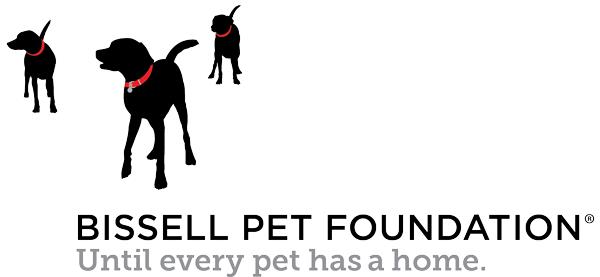If there's any truth to the saying “idle hands are the Devil's playground,” then the same can certainly be said for idle paws. If you're afraid to leave your dog alone for more than a few minutes for fear of what you'll return to, try using devices called “aversives” to discourage your dog from taking a particular action or entering an area that's off-limits.
Aversives are tools and techniques that can be used to keep dogs away from particular places or to stop them from engaging in certain behaviors. Finding the right aversive for the objective at hand is often a case of trial and error, as some dogs are immune to a little soaking from a squirt bottle, and others might think that by shaking a can full of pennies, you're telling them it's treat time.
And remember that even after you've found the best method to discourage a dog from a particular action or place, the approach will seldom work effectively unless you offer a positive alternative that is both convenient and rewarding.
What are some typical aversives used by dog caregivers?
Here's a rundown of some common deterrents, each of which will have varying degrees of success depending on the objective and the dog.
Textures
One great way to keep your dog away from certain areas is to surround (or cover) the area with materials that make your dog's paws uncomfortable.
Indoors, try shelf paper (sticky side up) or double-sided carpet tape. Heavy plastic carpet runner (pointed side up) can also be used effectively in some situations. You may need to weight the material firmly or tape it down to ensure it stays put. To protect furniture or floor finishes from sticky substances, attach the aversive to a piece of foil or heavy plastic and secure that with weights or light tape.
Outdoors, try irregularly shaped rocks, or chicken wire firmly set into the ground, sharp edges rolled under. These tools are more effective for puppies, small dogs, and low-energy dogs than for those who won't let a little obstacle stand in their way.
Tastes
Because most dogs do much of their investigative work (and much of their damage) with their mouths, anything displeasing to the taste buds will often work quite well.
Some of the following substances may damage furniture or floor finishes, however, so be sure to test them in a hidden location before widespread use.
-
Bitter Apple ® or similar sprays and gels marketed specifically for taste aversion
-
Insect repellents, especially those containing citronella or citrus odors (check for toxicity; if it's safe for young children, it's generally safe for pets)
-
Some muscle rubs
-
Citrus, such as from concentrated juices or fresh peels
-
Aloe gel
Human-Controlled Aversives
Some items can be used to distract your dog and thereby interrupt his unwanted behavior. Such devices are not meant to terrify your dog, but to provide a brief distraction. It's best if your dog does not perceive the distraction as coming from you. In the instant your dog's attention is focused on the distracting action, redirect his behavior to an appropriate object, and then give him lots of praise. Some effective aversives that you control include:
-
Spray bottle or squirt gun filled with water or a combination of water and vinegar (NOTE: Avoid high-powered water guns that have a very forceful spray)
-
Loud air horn
-
Whistle
-
Shaker can (soda can filled with nails, pennies, beans, or pebbles then securely taped shut)
Surprise! Remote-Controlled Aversives
Sometimes the best approach for teaching an animal is to work from a distance. If every aversive is delivered when you're in the room, your dog may quickly learn to refrain from engaging in undesirable behaviors when you're around, but engage in those behaviors as soon as you walk out the door. A few good approaches include:
-
Motion detectors that react with a startling sound
-
Snappy trainer (an upside-down mouse trap that's securely taped under paper to avoid injury)
-
Aluminum pie plate containing water, beans, or pebbles preferably balanced precariously in a restricted area ScatMat ® (which delivers a very slight electrical shock)
WARNING: For fearful dogs, try everything else before trying surprise techniques, especially those using noises!
When using aversives, remember that they offer the advantage of modifying certain canine behaviors in ways that distance the “correction” from you, the caregiver.
Experiment with different types of aversives and try to match the aversive to the dog. For example, using a surprise technique on a fearful dog should be a last resort.
Above all, be patient and give your canine frequent play sessions and attention as well as appropriate objects for him to play with. That way, your dog's antics will amuse you instead of annoy you, and the special bond between both of you will continue to grow.
Adapted from material originally developed by applied animal behaviorists at the Dumb Friends League, Denver, Colorado.©2000 Dumb Friends League and ©2003 The HSUS. All rights reserved.





